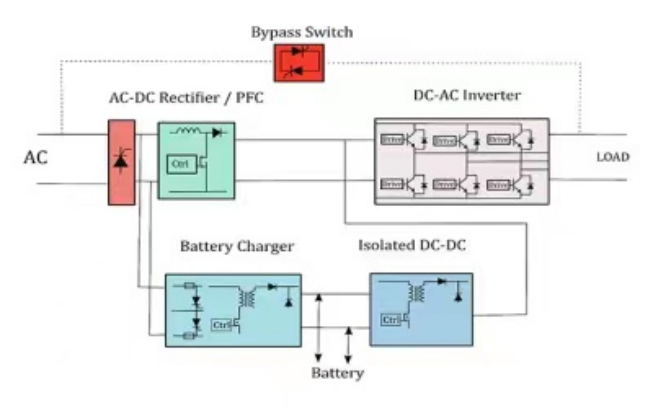High-voltage thyristors: the source of wisdom for power control
In power systems, high-voltage thyristors, also known as thyristors, play a vital role. As a critical power electronic device, it can achieve precise current control under high-voltage conditions and has many application prospects. The following is an in-depth discussion of the working principles, application fields, technical characteristics, and future development trends of high-voltage thyristors to reveal the source of wisdom in power supply control.


The working principle of high-voltage thyristor
A high-voltage thyristor is a four-layer structure consisting of P-type and N-type semiconductors, the core of which is a PN junction. Under the action of external voltage, the holes and electrons in the PN junction diffuse to each other under the movement of the electric field, forming an electric current. However, when the external voltage is reversed, the number of carriers inside the PN junction decreases, and the draft is almost zero. As a result, high-voltage thyristors have unidirectional conductivity. By controlling whether the trigger signal is applied, the high-voltage thyristor can switch between forward conduction and reverse cut-off.
The application field of high-voltage thyristor
1.HVDC transmission:
In HVDC transmission, high-voltage thyristors are used in the rectification and inverter links to convert alternating current to DC or vice versa. It can realize precise control and stable current transmission and improve transmission efficiency.
2.Electric locomotive:
An electric locomotive is essential for railway transportation, and a high-voltage thyristor controls its traction motor. By precisely controlling the turn-on and turn-off of thyristors, electric locomotives can operate safely and efficiently.
3.Industrial control:
In industrial control, high-voltage thyristors are widely used in power control systems of various equipment. For example, in crucial kits in industries such as steel rolling and papermaking, high-voltage thyristors can achieve efficient and stable power regulation.
4.New energy power generation:
New energy power generation systems like wind and solar are inseparable from high-voltage thyristors. It is used in the rectification and inverting links of photovoltaic cells and wind turbines to improve power quality and system stability.
Technical characteristics and challenges of high-voltage thyristors
Technical characteristics:
The high-voltage thyristor has the characteristics of high withstand voltage, high current, low conduction loss, fast switching, etc., which makes it a significant advantage in the field of power control. In addition, its reliability and service life are also long, which provides a guarantee for long-term stable operation.
Challenge:
However, high-voltage thyristors have shortcomings, such as high trigger voltage, low thermal stability, etc. These problems limit the scope of its application to a certain extent. In addition, the cost of high-voltage thyristors is relatively high, which may not be suitable for some low-cost application scenarios.
The future development trend of high-voltage thyristors
With the progress of science and technology, high-voltage thyristors will face more development opportunities and challenges. On the one hand, breakthroughs and innovations in materials science will provide the possibility to improve the performance of high-voltage thyristors. For example, the application of new superconducting materials is expected to reduce the heat loss of thyristors and enhance their operating efficiency. On the other hand, the development of intelligent manufacturing technology will accelerate the industrial upgrading of high-voltage thyristors. By introducing automation and intelligent production processes, it will help to improve production efficiency and product quality.
In addition, with the rapid development of renewable and distributed energy, high-voltage thyristors have broad application prospects in the new energy field. For example, wind and solar power generation systems require extensive use of high-voltage thyristors for rectification and phase inversion. In the future, optimizing the device structure and materials, reducing costs, and improving performance will help promote the development of the new energy industry.
The high-voltage thyristors, as an essential cornerstone of power control, will continue to play their unique advantages and roles in the future. Through an in-depth understanding of its working principles, application fields, technical characteristics, and development trends, we can better understand and use this source of wisdom to contribute to constructing an efficient, safe, and sustainable power system.
